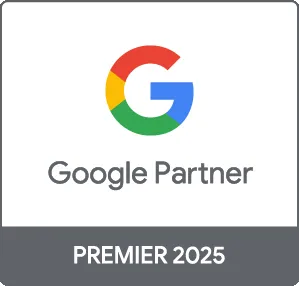Google Ads and Google AdSense are two integral parts of Google's advertising ecosystem, but they serve different purposes and target different users. In this article, we will delve into the fundamental differences between Google Ads and Google AdSense, outlining how they work, their benefits, and how businesses can leverage them effectively to maximize their online presence and revenue.
What is Google Ads?
Google Ads is an advertising platform that allows businesses to create and display ads on Google's search engine results pages, YouTube, and other partner websites. Advertisers use Google Ads to reach potential customers based on keywords, demographics, and interests. Key features of Google Ads include:
- Pay-Per-Click (PPC) Model: Advertisers pay each time someone clicks on their ad.
- Targeting Options: Businesses can target their ads to specific audiences through various settings, including location and device targeting.
- Ad Formats: Google Ads supports multiple ad formats, such as text ads, display ads, and video ads.
What is Google AdSense?
Google AdSense, on the other hand, is a program that allows website owners and content creators to monetize their content by displaying targeted ads from Google Ads. When visitors click on these ads, the website owners earn a commission. Key features of Google AdSense include:
- Revenue Generation: Website owners can earn money by displaying ads relevant to their site's content.
- Automatic Ad Matching: AdSense uses algorithms to match ads relevant to the content of the webpage.
- Diverse Ad Formats: Publishers can choose from various ad formats, including text ads, image ads, and video ads.
Key Differences Between Google Ads and Google AdSense
While Google Ads and Google AdSense are complementary, their operations and purposes differ significantly:
- Type of User: Google Ads is designed for advertisers looking to promote their products or services, while AdSense is aimed at website owners looking to monetize their traffic.
- Revenue Generation: Advertisers spend money on Google Ads to drive traffic, whereas AdSense users earn money from clicks on ads displayed on their sites.
- Payment Structure: Google Ads operates on a pay-per-click model, while AdSense pays publishers per click or impression on the ads displayed on their content.
How to Leverage Google Ads and AdSense Together
For businesses looking to maximize their online marketing effectiveness, using both Google Ads and AdSense in tandem can be beneficial:
- Create Compelling Ads: Advertisers using Google Ads should ensure that their ads are well-crafted to attract clicks from users.
- Optimize Site Content: Publishers can improve their chances of earning more revenue from AdSense by focusing on quality content that attracts relevant ads.
- Use Data Analytics: Both advertisers and publishers should regularly analyze performance data to optimize their strategies.
Conclusion
Understanding the differences between Google Ads and Google AdSense is essential for anyone looking to navigate the online advertising landscape successfully. Advertisers can leverage Google Ads to drive targeted traffic, while publishers can earn revenue through Google AdSense by effectively monetizing their content. Together, these platforms offer a comprehensive approach to digital marketing, helping businesses and content creators alike achieve their objectives.





